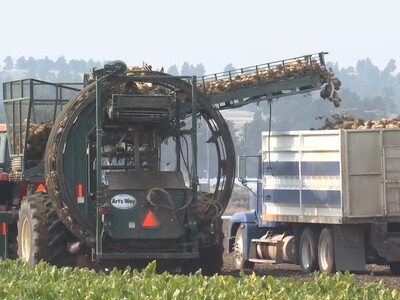On Farm Storage
Putting grain into storage has always been a common practice, especially after a season of above-average production, like 2014. But it's not just about finding a place to hold increased yield. There are financial reasons for growers to delay selling all their grain immediately after harvest.
"The grain market is better in January," said Craig Abell, a Syngenta business development manager. "If growers aren’t locked into a local elevator, they can shop around for the best price."
Additionally, growers who have grain throughout the year may be more appealing suppliers to the expanding ethanol market. "Ethanol producers would rather not store grain on site. They'd rather have it delivered throughout the year," said William Edwards, a retired Iowa State University economist. "In order to work with them, producers have to do the storage."
Given these factors, new storage bins have begun appearing on farms across the country. In fact, there's more on-farm storage today than there ever has been, Abell says. "One reason is harvest efficiency: The local elevator might be open from 7:30 a.m. to 5 p.m., but on the farm, you can unload on your own schedule." There may also be tax benefits to building storage. In many cases, growers can expense the purchase.


















